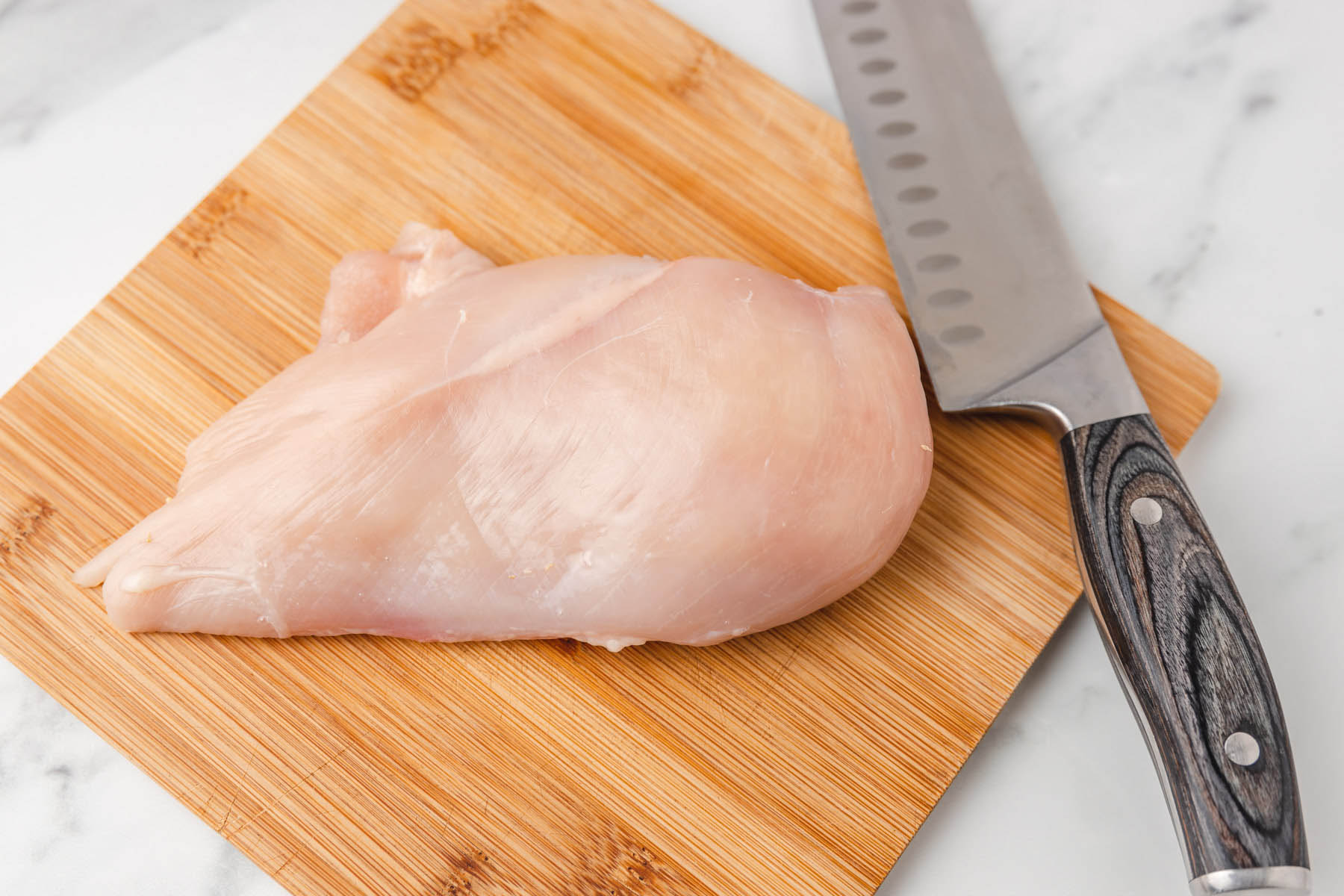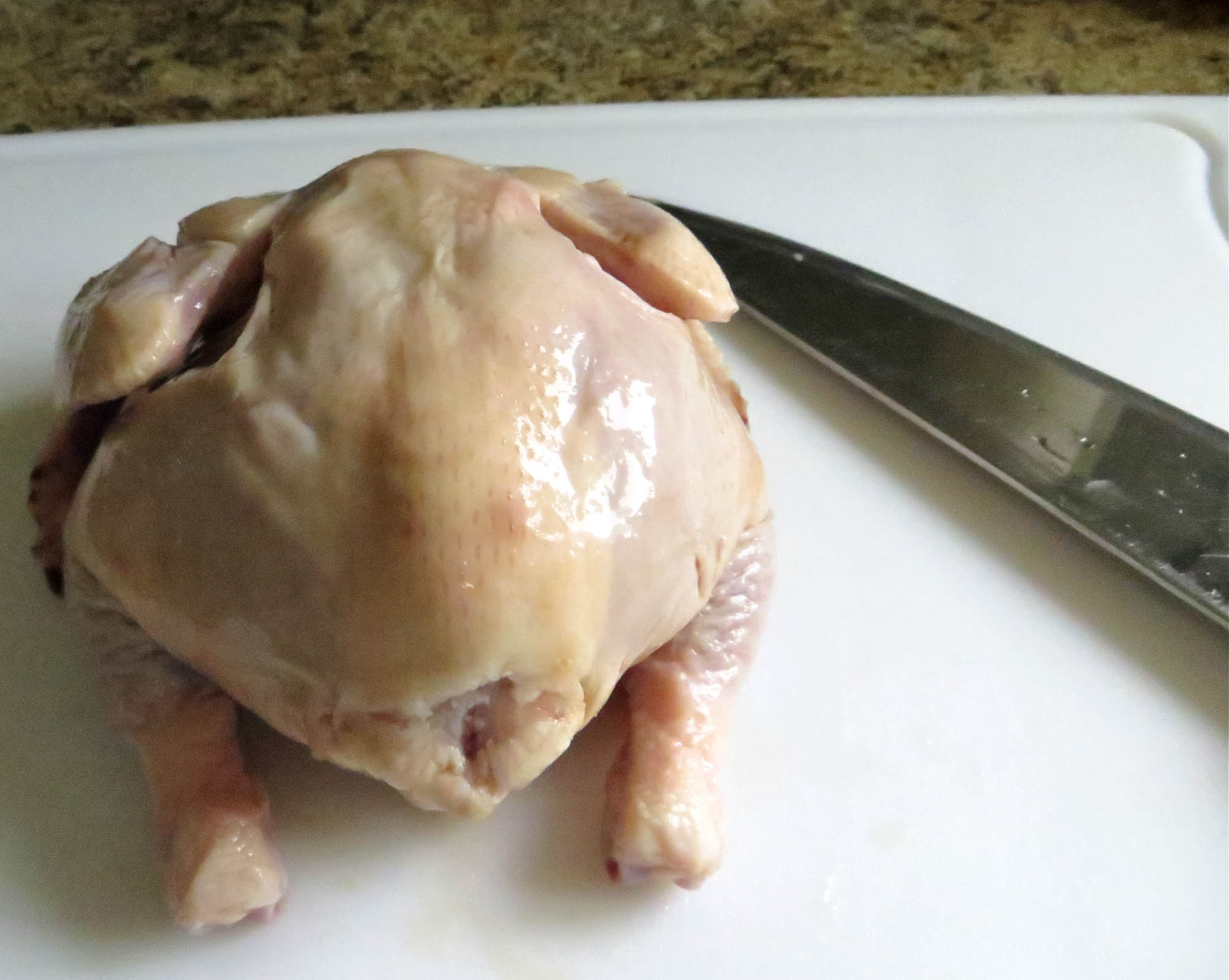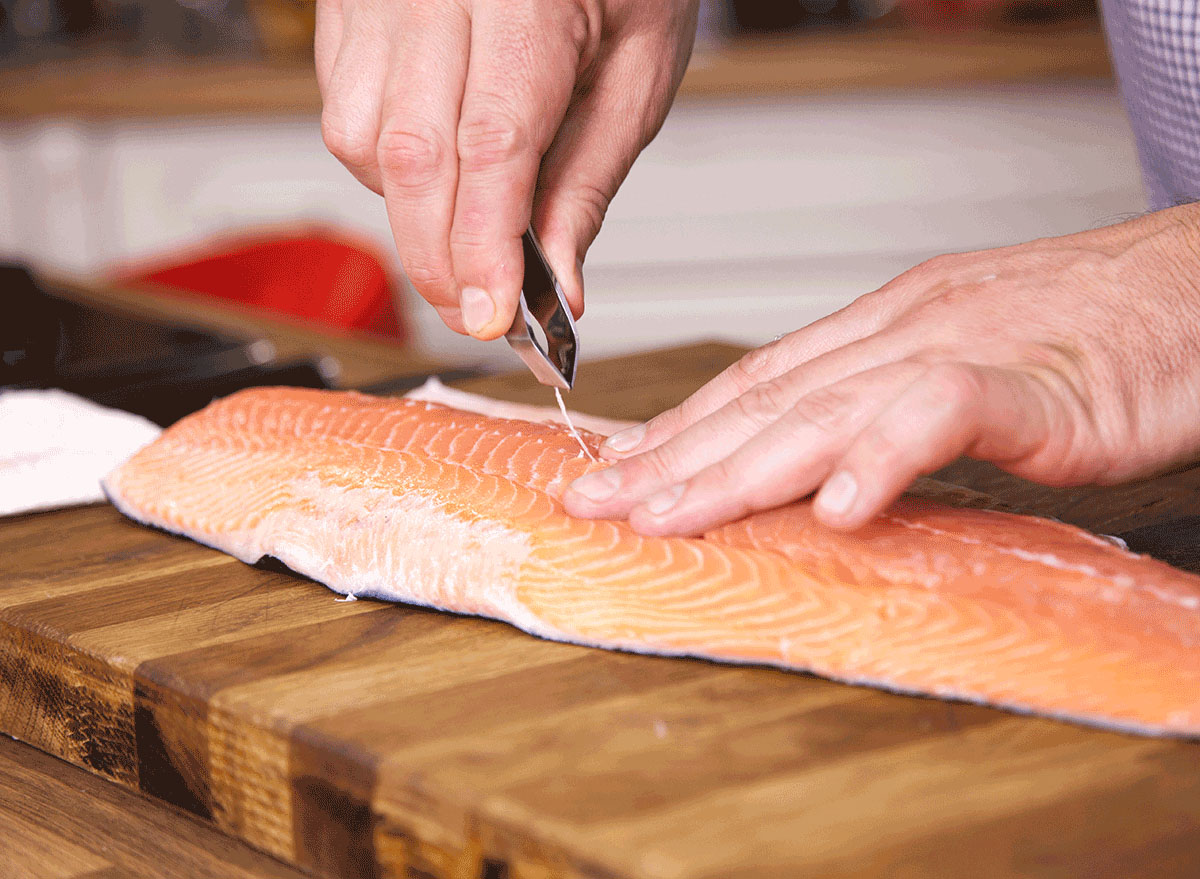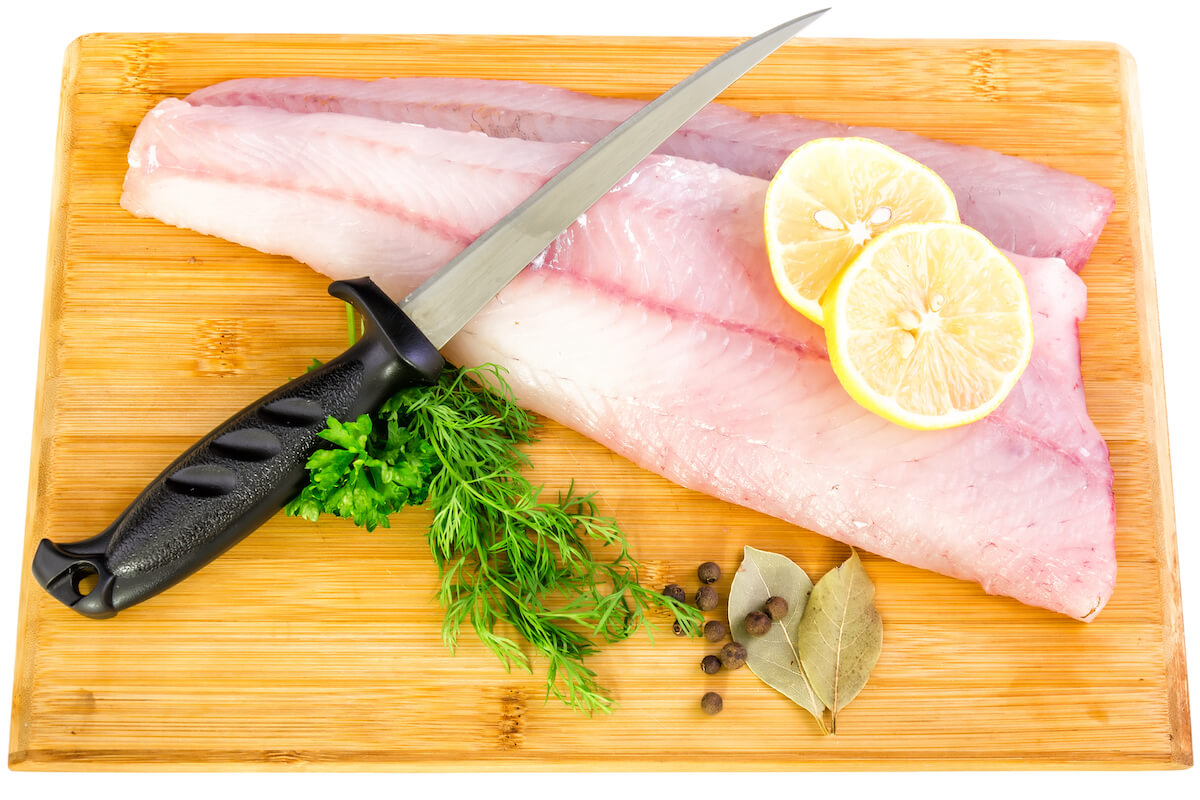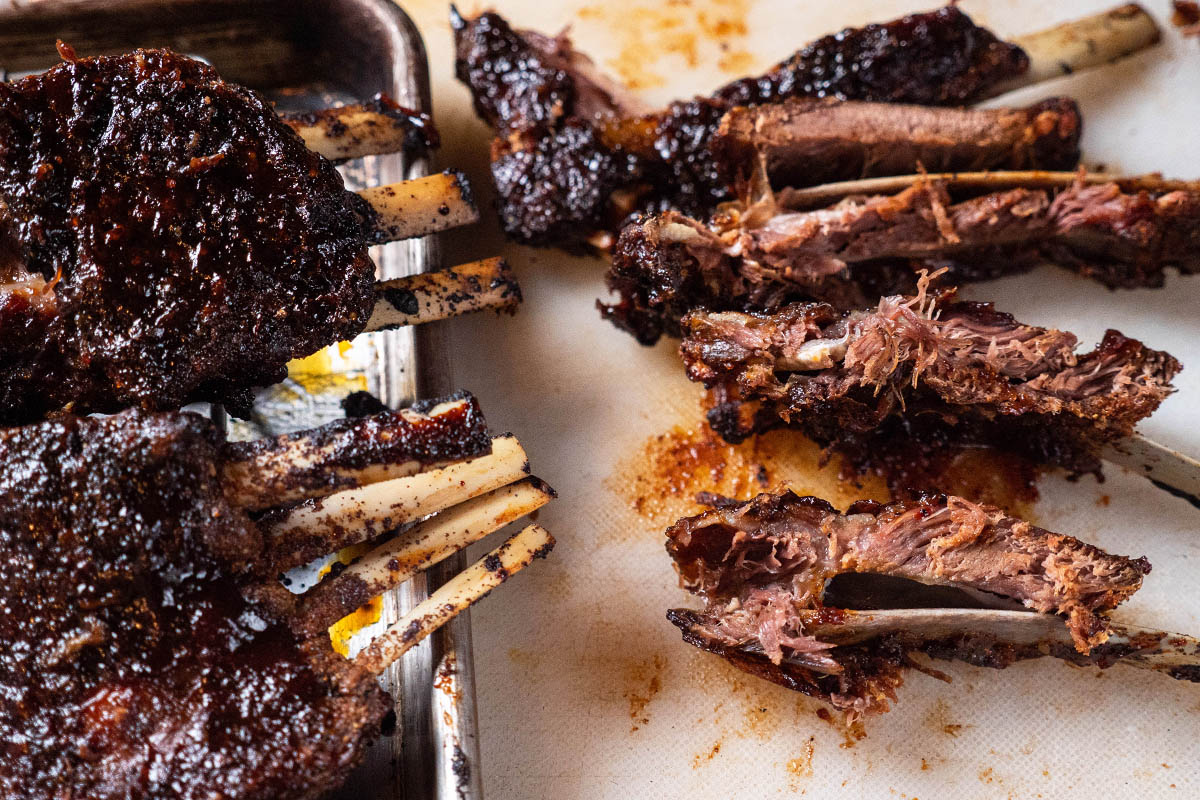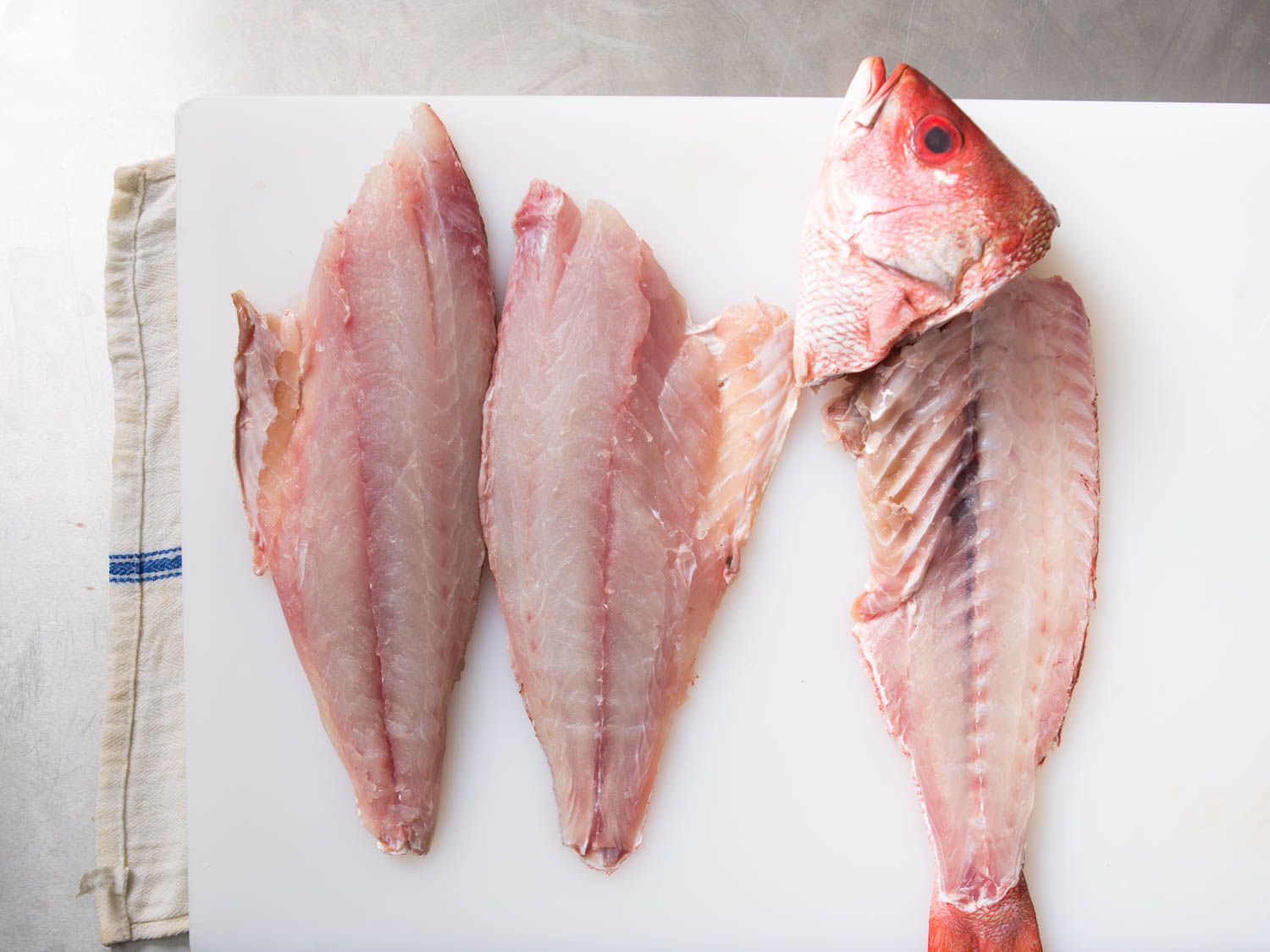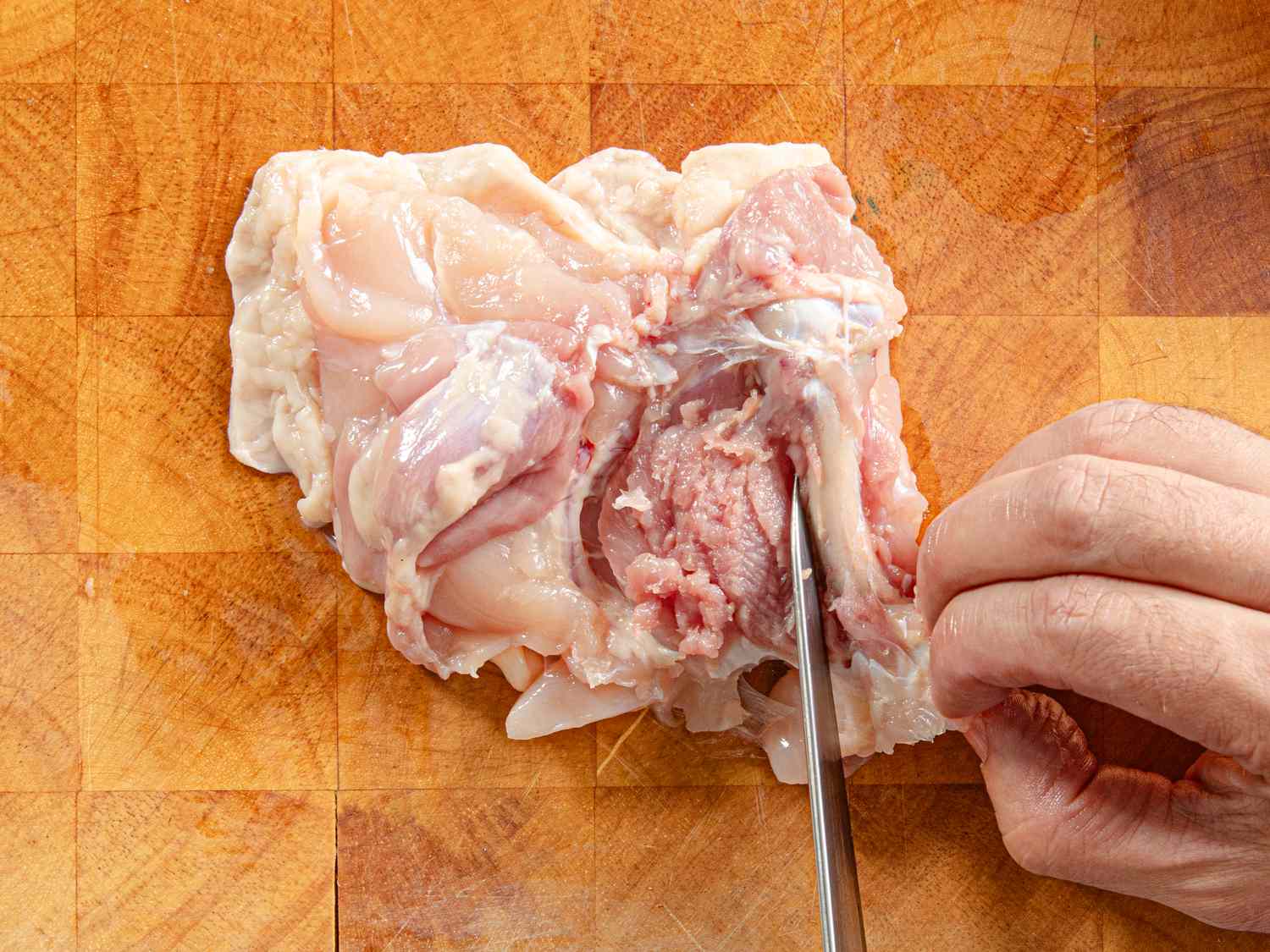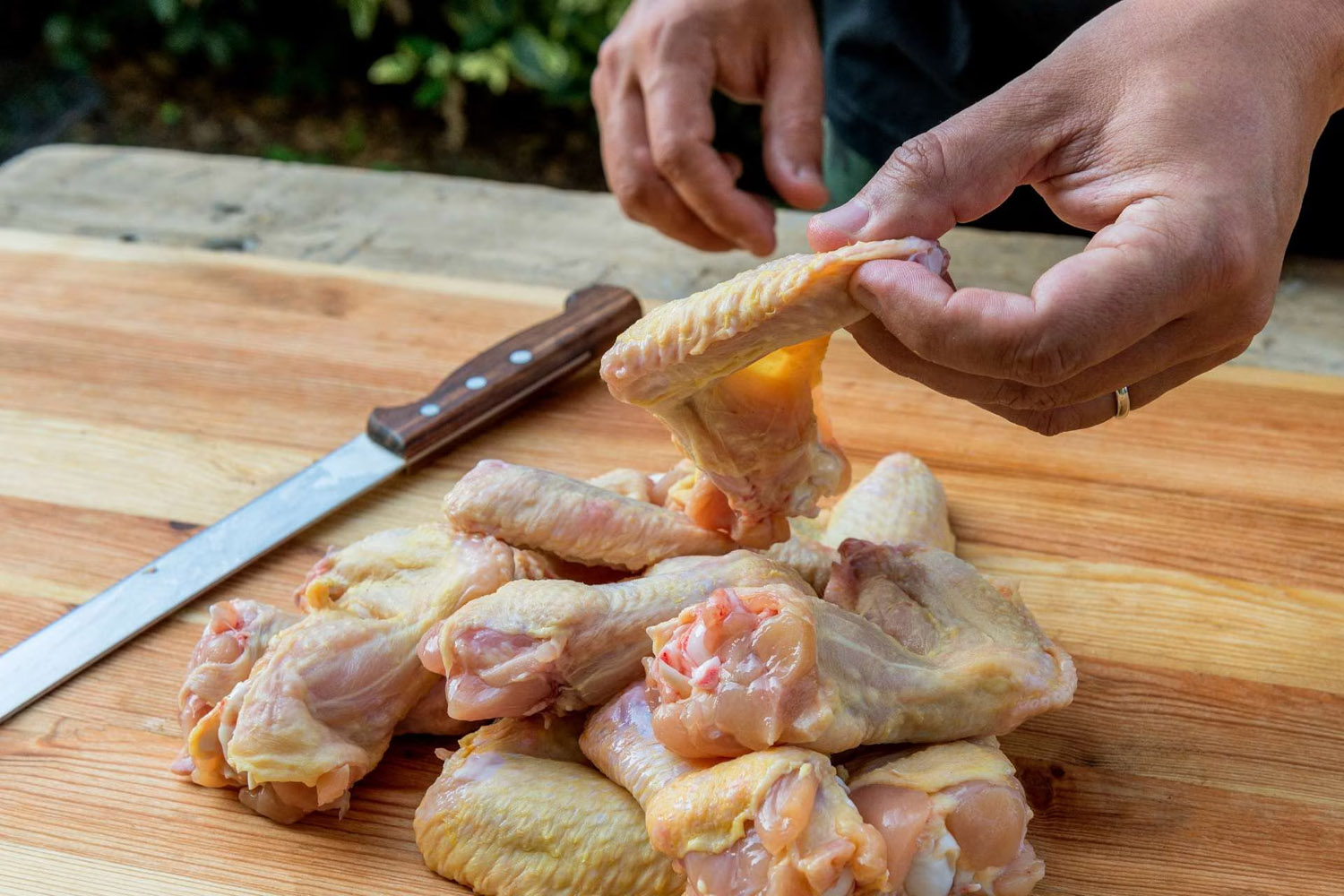Deboning a Mackerel: A Step-by-Step Guide
If you’re a fan of seafood, chances are you’ve come across mackerel at some point. This oily fish is not only delicious but also packed with nutrients. However, mackerel can be a bit challenging to eat due to its numerous small bones. If you want to enjoy mackerel without the hassle of picking out bones, learning how to debone it is essential. Here’s a step-by-step guide to help you master the art of deboning a mackerel.
What You’ll Need
- A fresh mackerel
- A sharp fillet knife
- Cutting board
- Paper towels
Step 1: Prepare the Mackerel
Start by rinsing the mackerel under cold water and patting it dry with paper towels. Place the mackerel on a clean cutting board.
Step 2: Make the Initial Incision
Using a sharp fillet knife, make a small incision just behind the gills and pectoral fin. Insert the knife into the incision and slice along the belly of the fish towards the tail.
Step 3: Remove the Fillet
Once you’ve made the initial incision, carefully lift the fillet away from the bones, using long, smooth strokes with the knife. Be sure to keep the knife as close to the bones as possible to avoid wasting any meat.
Step 4: Remove the Rib Bones
With the fillet removed, you’ll notice a line of small rib bones running down the center of the fish. Use your knife to carefully cut along the top of these bones, separating the fillet from the rib cage.
Step 5: Check for Remaining Bones
After removing the rib bones, run your fingers along the fillet to check for any remaining pin bones. Use a pair of clean tweezers to pull out any leftover bones that you find.
Step 6: Repeat on the Other Side
Flip the mackerel over and repeat the process on the other side to remove the second fillet and any remaining bones.
Step 7: Rinse and Enjoy
Once you’ve deboned both sides of the mackerel, give the fillets a quick rinse under cold water to remove any stray bones or scales. Your mackerel is now ready to be cooked and enjoyed bone-free!
Learning how to debone a mackerel may take some practice, but with time and patience, you’ll become a pro at it. With these simple steps, you can enjoy the delicious flavor and health benefits of mackerel without the inconvenience of bones.
So, the next time you’re at the fish market or grocery store, don’t hesitate to pick up a fresh mackerel. Armed with this deboning knowledge, you can confidently prepare a bone-free mackerel dish that will impress your family and friends.
For those eager to master deboning mackerel, a few standout recipes can help showcase this skill in delicious ways. Start with Grilled Mackerel with Lemon and Herbs for a simple yet flavorful dish that highlights the fish's natural taste. If you're feeling adventurous, Mackerel Sushi Rolls offer a chance to try your hand at Japanese cuisine. For a refreshing twist, Mackerel Ceviche is a great way to enjoy the fish raw with a burst of citrus. Lastly, Mackerel Fish Tacos with Spicy Slaw combine crispy textures and bold flavors, perfect for a casual yet impressive meal.
Was this page helpful?
Read Next: How To Debone A Chicken Leg
